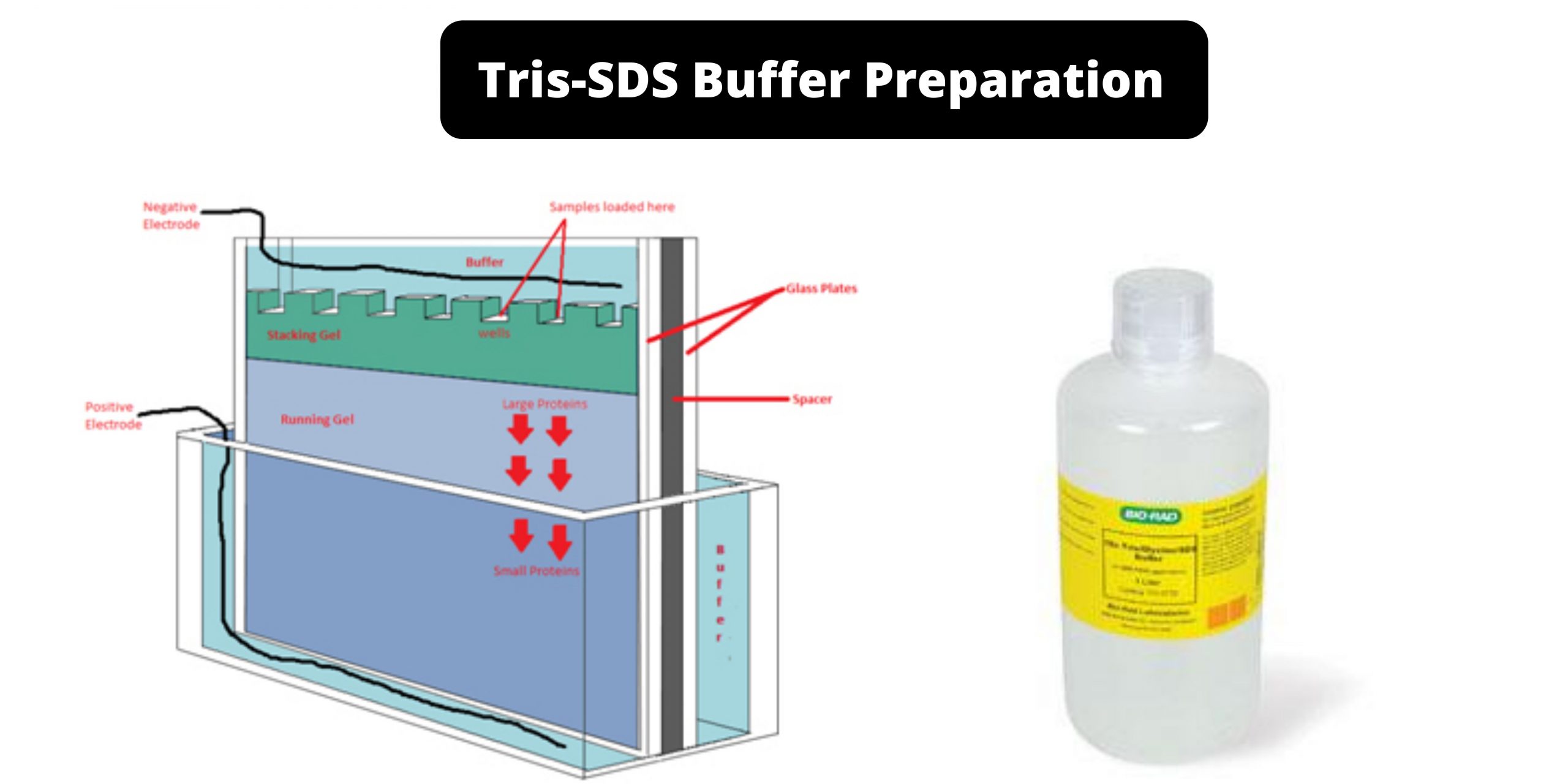Sample Preparation and composition
ACK Lysis Buffer Preparation ACK Lysis Buffer is used to lyse red blood cells. To prepare 1L of ACK Lysis Buffer the following components are required; Component Amount Concentration NH4Cl (mw: 53.49 g/mol) 8.02 g 0.15 M KHCO3 (mw: 100.12 g/mol) 1 g 0.01 M Na2EDTA (mw: 372.24 g/mol) 37 mg 0.0001 M ACK Lysis … Read more





